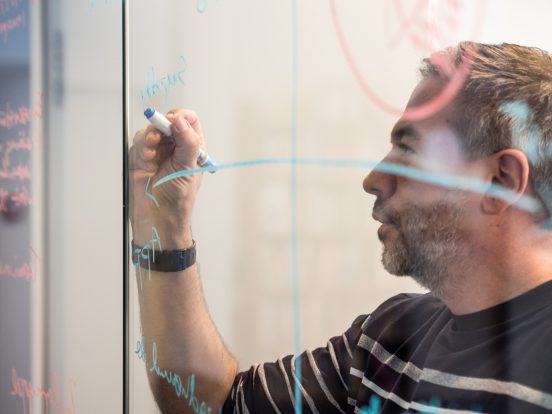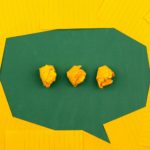In a recent conversation regarding engagement in blended learning environments (or really any digital learning situation), my colleagues and I discussed what was important to incorporate into the digital environment to aid in student engagement and interaction. While we did discuss ideas like collaborative assignments, and both synchronous and asynchronous discussion boards, we also discussed additional skills that students need just to navigate the blended learning environments.
As this idea connected to the research I am doing for my project, I was quick to mention some of my recent literature review findings – opening up a new discussion direction. My investigation recently has been into self-regulated learning (SRL) skills – a recursive cycle that typically consists of some variation of goal setting, planning, strategy use, monitoring progress, and reflection. The research has revealed that not only is SRL correlated with improved learning performance, but that most teachers don’t do an adequate (or any) job of incorporating SRL skills into course work.
Curtis Bonk, in his 2009 book The World Is Open: How Web Technology Is Revolutionizing Education, mentions that current trends in technological incorporation in the classroom are giving learners “greater control” (p. 33) over their learning. Giving students control in their learning requires the skills necessary to actively construct that learning.
In a review of the models and research of SRL, Johnson & Davies (2014) analyzed research trends to show that SRL support is more likely or better suited to a digital environment, stating “online learners must take greater responsibility for the management and control of their own academic progress.” (p. 2)
Further to this, Deekens, Greene & Lobczowski, in a 2018 study of both high school and college students, found that frequent monitoring (a component of SRL) led to academic success. Deekens et al., go on to say “(s)elf-regulated learning processes are increasingly important as students continue to use the Internet as a tool for learning.” (p. 74)
And lastly, Ewijk & Werf, in a 2012 study of teacher beliefs and behaviour of SRL note that “(a)lthough teachers consider SRL as important, most of them do not integrate strategy instruction into their teaching.” (p. 8)
All of this encapsulates the discussion we ended up having that evening: what comes first, teaching training of SRL for incorporation into a blended course, or the making of the course with the hope to eventually incorporate SRL skill opportunities? From the discussion it appears that, as seen in my research, most educators seem aware of SRL, but unaware how best to plan for it. And under the pressure of creating online course work, rarely to educators have time to consider these skills until the absence of those skills makes noticeably impact on student learning. At which point, reactive opportunities are poorly embedded, and like SRL, the cycle continues.
PHOTO: “man writing on board” By @polargold: Free for use on UnSplash






